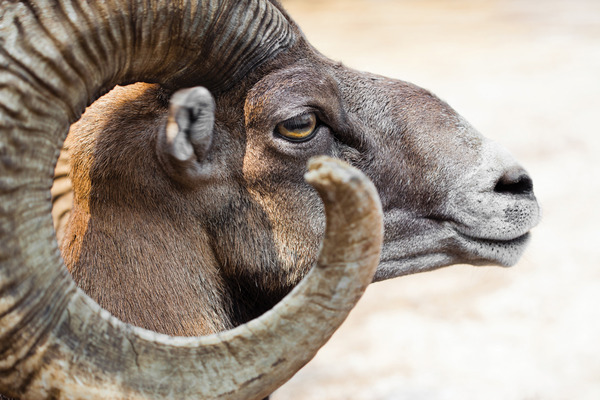The Local newsletter is your free, daily guide to life in Colorado. For locals, by locals.
Never mind Jabari, the Denver Zoo’s adorable new baby okapi (a kind of zebra-giraffe-horse), or the Botanic Gardens’ holiday lights displays—there’s more to Denver’s cultural establishments than entertainment value. Like saving lives. Experts at metro Denver’s signature institutions regularly export their knowledge and educate other scientists and citizens around the globe about some of the world’s most vibrant—and threatened—species, helping to protect these precious plants and animals. Here’s how three local venues act as Mother Nature’s heroes.
Wildlife Defenders
Last spring, visitors to the Denver Zoo cooed over the birth of Sube, a Przewalski’s horse foal. The planet’s last wild-horse species, Przewalski’s horses nearly went extinct before zoos began breeding the animals and reintroducing them into the wild in Mongolia. But that’s not the Mile High City’s only connection to the Central Asian country.
Since 1996, Denver Zoo researchers have made the long trek to Mongolia to conduct research on camels, vultures, and other species. Working at the Ikh Nart Nature Reserve along the edge of the Gobi Desert, the scientists tag, measure, and track the movements of birds and other wildlife—such as Argali sheep, a supersize relative of Rocky Mountain bighorns—to provide research for conservation programs. Closer to home, Sube and the Przewalski’s horses living at City Park may one day be the parents of horses released to the wild.
Flutter Junkies
Monarch butterfly sightings in Denver are a particularly special summer event, as the winged beauties migrate more than 1,800 miles from southern Canada to Mexico for the winter. This is despite the fact that development and industry have wiped out important stops along their journey, such as mountain forests in Mexico. But getting a head count on the monarchs—and the thousands of other species flying over Colorado—is no easy task thanks to the insects’ ephemeral routines and flight patterns.
For the past year, Westminster’s Butterfly Pavilion, home to more than 5,000 native and tropical butterflies—and tarantulas and other creatures—has helped solidify those numbers by participating in a nationwide monitoring network. Staff and volunteers count butterflies in open spaces and parks across metro Denver (last year they tallied 32 species and 1,938 butterflies). The scientific surveys fill in major gaps in scientists’ know-ledge of butterfly movements and habitat use, helping track and protect these critical pollinators.
Green Thumbs
We’re all for stopping to smell the roses—and orchids and lilies and jasmine—at the Denver Botanic Gardens, but it’s equally important to appreciate the great scientific minds behind them. Sought out by botanists from around the globe, including scientists from Patagonia and South Africa, the Gardens’ researchers’ expertise extends from the survival of plant life in steppe (dry, mid-latitude) climates to fungi. (The venue regularly gives samples from its curated collection of Southern Rocky Mountain Region species to research centers and colleges.)
That know-how will soon be on display locally, too. A 3,800-square-foot Science Pyramid, slated to open next month, will place this behind-the-scenes research in front of a broader audience through interactive displays and hands-on exhibits explaining everything from pollination to water distribution in Colorado. “The public hasn’t really seen that side of what we do,” says CEO Brian Vogt. “When the organization started, it was about science. This will give us a voice, finally, for that unsung part of the Gardens.”









